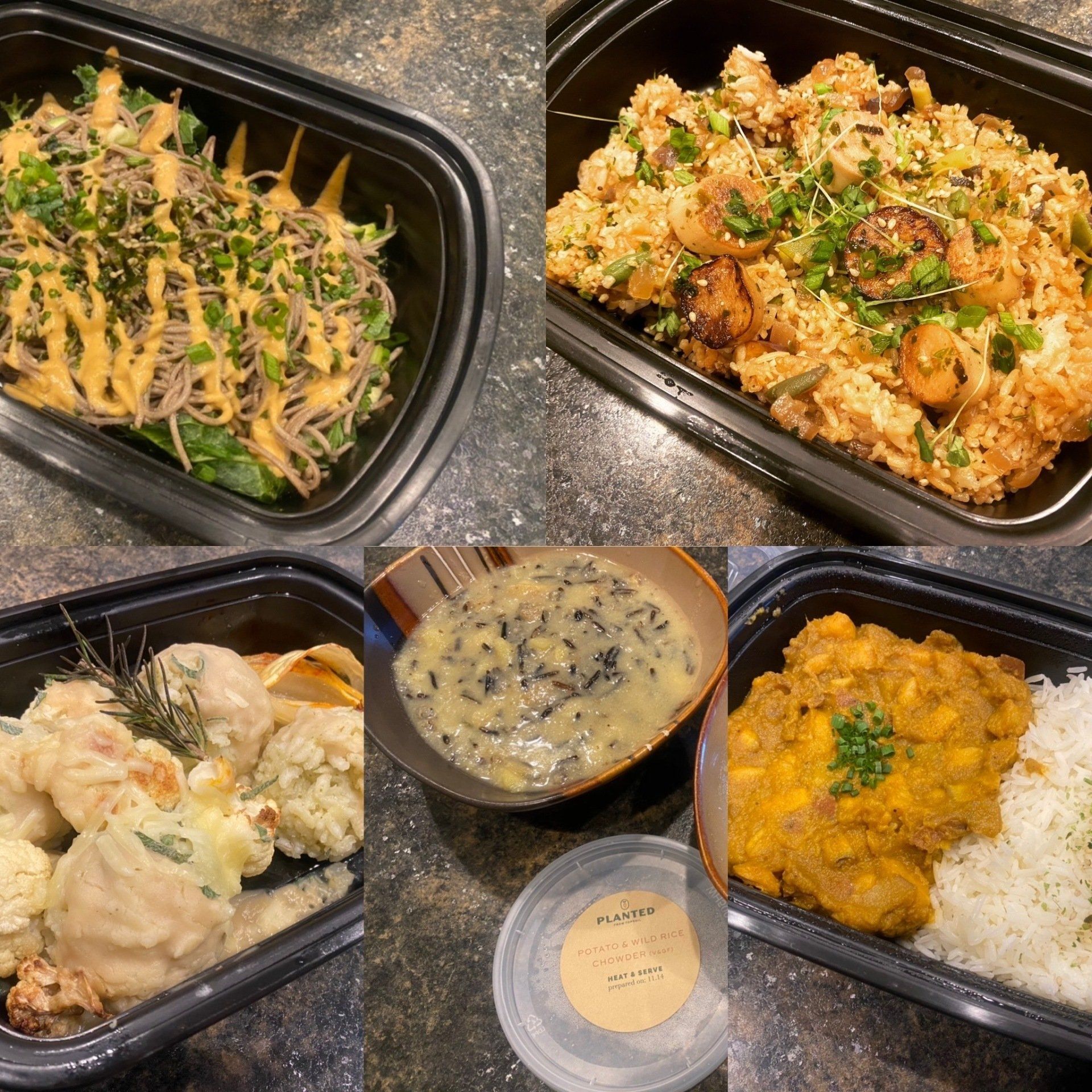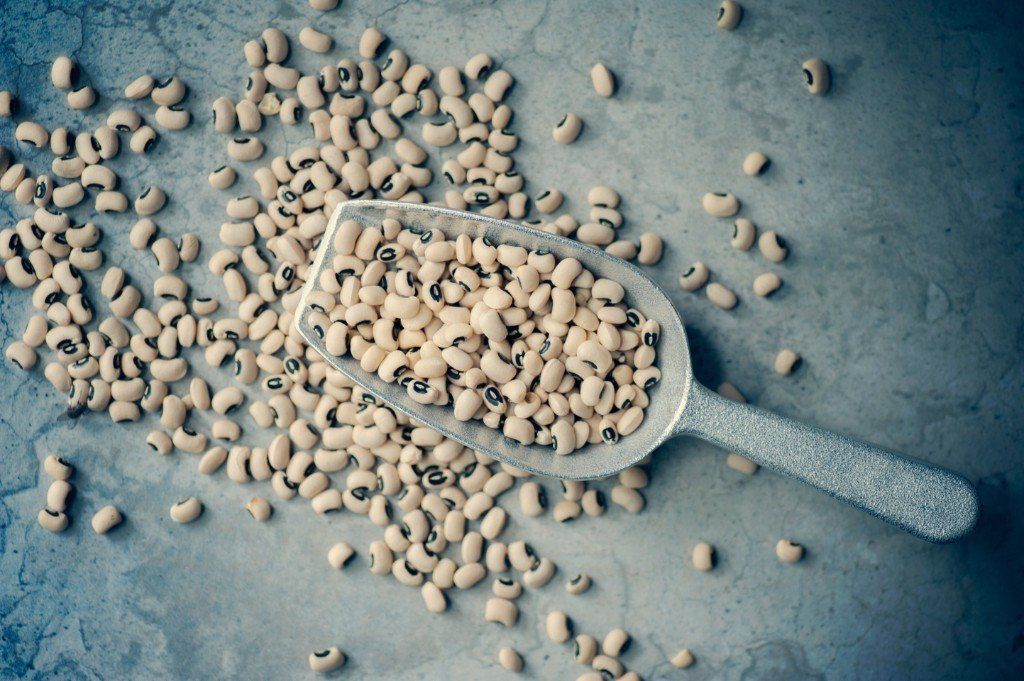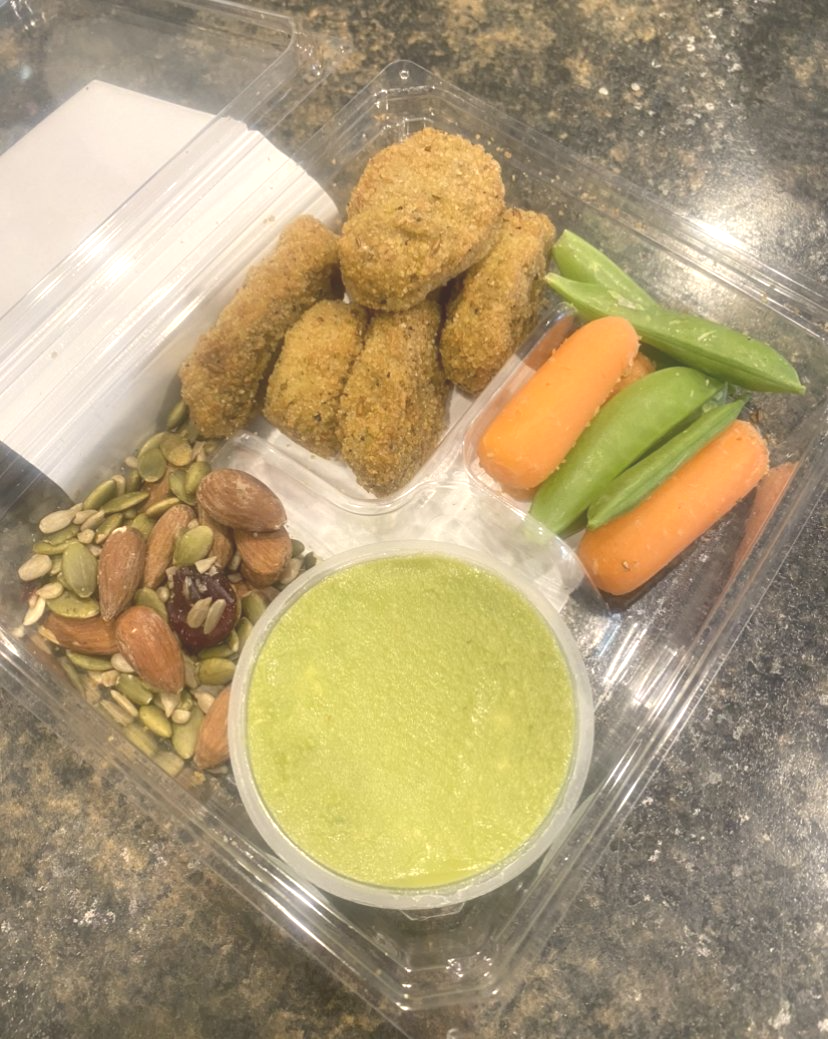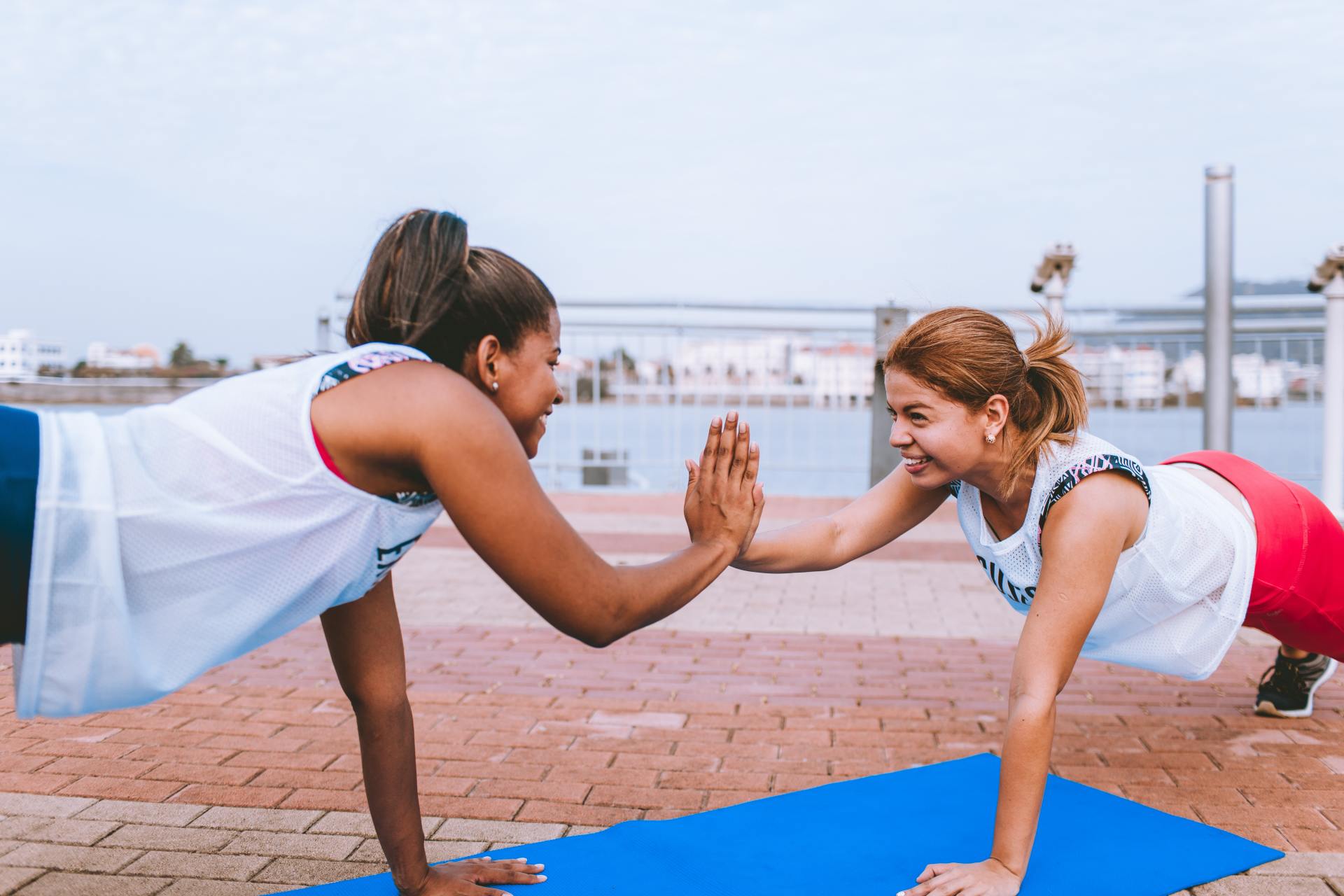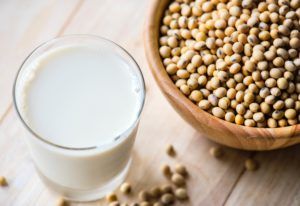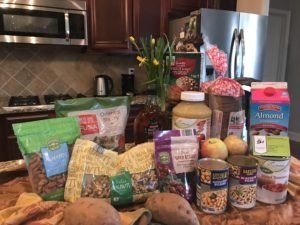How to Create a Balanced Vegan Plate
Hello VV Spotters! Do you remember the old food pyramid?
Since 2011, you may have seen the new version of the pyramid called My Plate. When I was leading classes on weight management one of the first topics we would cover was how to create a balanced plate. We would use My Plate as our jumping-off point. Despite some of its flaws and controversies, what I love about My Plate is it gives a visual of what a plate should look like for a balanced meal. I often use this visual when brainstorming meal planning for my family--making sure I have a variety of food groups, emphasizing vegetables, a visual cue for portion sizes of each food group, etc...Now, if you’re eating vegetarian/vegan (VV), My Plate is going to need some tweaks. Good news! There are some amazing resources that have taken this concept and created a visual guide for those eating VV to build a balanced meal. The idea is to quite literally build your plate to match the image, each section represents the amount of space the food group should take up on your plate. Let’s do a quick comparison of them below:
The Vegan Plate : Created by Registered Dietitian Brenda Davis, author of several best-selling books on vegan and vegetarianism, among many other accomplishments from her years as a leader in the field of nutrition. This plate is divided into 5 groups: fruits, grains, vegetables, legumes, and nuts/seeds. In the center of the plate overlapping each category is a section to remind you to include foods rich in calcium from each food group. On the side is a “group” reminding you to include other essential nutrients important for VV-ers: omega-3’s, vitamin B-12, vitamin D, and Iodine.
My Vegan Plate : From the Vegetarian Resource Group, a non-profit that has promoted vegetarianism for 35 years and publishes The Vegetarian Journal. This plate is divided into four sections: fruits, grains, vegetables, and protein. Calcium is a group served on the side. This version of the plate also reminds you to include sources of vitamin D, iodine, and vitamin B-12.
The Plant Plate : Another amazing Registered Dietitian and vegan advocate with several books and many publications to her name, this version by Virginia Messina is another winner. Her version of the plate also has 5 sections: fruit, grain/starch, vegetables, legumes, and nuts/seeds. The perimeter of the plate highlights choosing calcium-rich foods in each group, and on the side is the reminder to include iodine, omega-3, and vitamin B-12. She also shows foods like olive oil and almond milk as optional additions. I love how she includes the recommended number of servings for an entire day in each group (the little blue circles with a number in it). And I especially appreciate her tip that reminds us all to take a deep breath when trying to implement these guidelines and not get too rigid :
Keep the focus on whole plant foods, but don’t get too obsessive about this. Gently processed foods can be helpful for meeting nutrient needs and they can make your healthy vegan diet easier to stick with for the long term.
The Power Plate : From the Physicians Committee for Responsible Medicine, a must-follow group of physicians, dietitians, and scientists working to change the way the medical community views treatment and prevention of chronic disease and research. This includes an emphasis on non-animal research models, nutrition as medical treatment and a priority research area, health education, and policy work. The Power Plate is divided into 4 groups: fruits, grains, vegetables, and legumes. It's guide also makes mention of giving special attention to calcium, vitamin D, vitamin B-12, Iron, and omega-3 sources.
What we see from each of these plates is more or less the same food groups: fruits, vegetables, grains/starch, legumes/protein, nuts/seeds. Special attention is paid to calcium, vitamin B-12, vitamin D, iodine, omega-3’s and iron.
By simply building your plate to look like these, you will be well on your way to eating a balanced meal and one that provides adequate intake of the nutrients VV-ers need. The best part is these visuals allow you to do so without counting or measuring! As always, it's important to remember these guidelines are for the average, healthy adult. Your needs may vary, so for specific needs, always talk to a registered dietitian. Be sure to click on the links to explore these evidence-based and reliable sources on VV diet and lifestyle. I hope you’ll check them out and let us know what you think!
